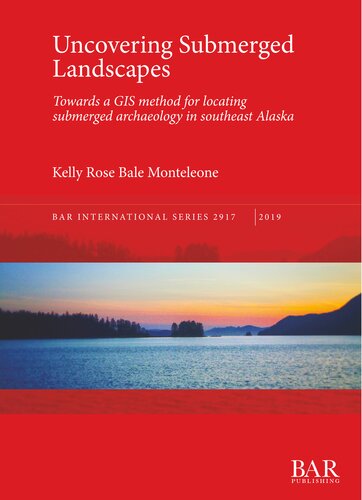

Most ebook files are in PDF format, so you can easily read them using various software such as Foxit Reader or directly on the Google Chrome browser.
Some ebook files are released by publishers in other formats such as .awz, .mobi, .epub, .fb2, etc. You may need to install specific software to read these formats on mobile/PC, such as Calibre.
Please read the tutorial at this link: https://ebookbell.com/faq
We offer FREE conversion to the popular formats you request; however, this may take some time. Therefore, right after payment, please email us, and we will try to provide the service as quickly as possible.
For some exceptional file formats or broken links (if any), please refrain from opening any disputes. Instead, email us first, and we will try to assist within a maximum of 6 hours.
EbookBell Team

4.3
58 reviewsEarly peoples migrating to the Americas via the coastal migration route would have travelled through southeast Alaska during periods with lower sea levels. The residues of where they lived, hunted and gathered are on the now submerged continental shelf of southeast Alaska. A GIS model, two years of marine geophysical survey (including side scan sonar, sub-bottom profiling and multibeam sonar) and minimal subsurface testing have allowed the author to refine the methods for locating submerged archaeological sites buried on the continental shelf. The environment is reconstructed in 500-year intervals, and these intervals are used to create a predictive model for each time period using inductive and deductive methods. The final model combines the interval models for a final prediction of probable archaeological sites within the region.